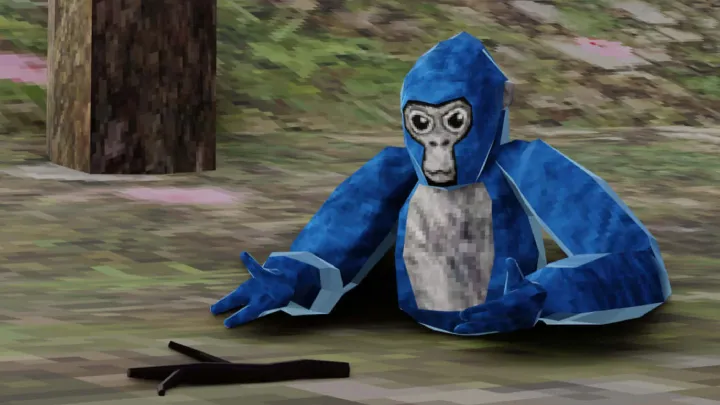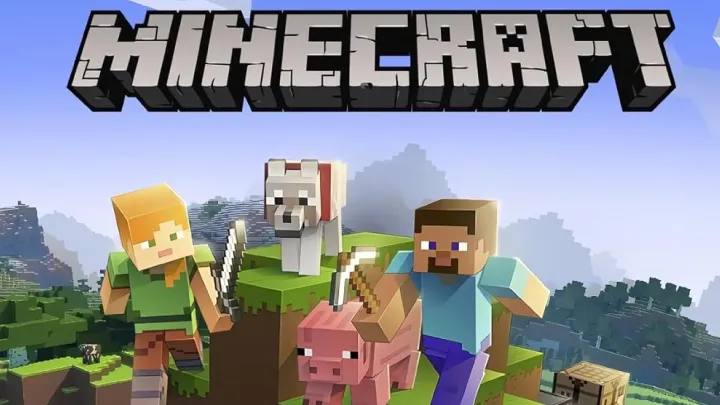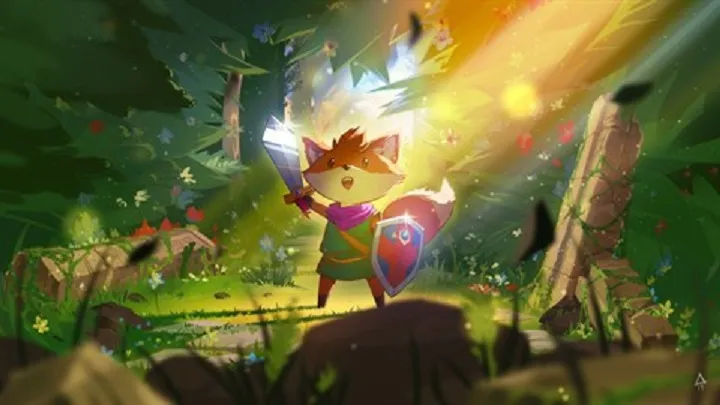In 99 Nights in the Forest, few challenges are more demanding than the relentless drain of hunger and thirst. Unlike many survival games where resources feel infinite, this game is deliberately designed to force careful planning and resource management over the span of nearly 100 nights. Players who ignore their stomachs in the early game often don’t live long enough to see the late game. Mastering food and water management means not only knowing what to eat and drink but also when and how to prepare, preserve, and plan.
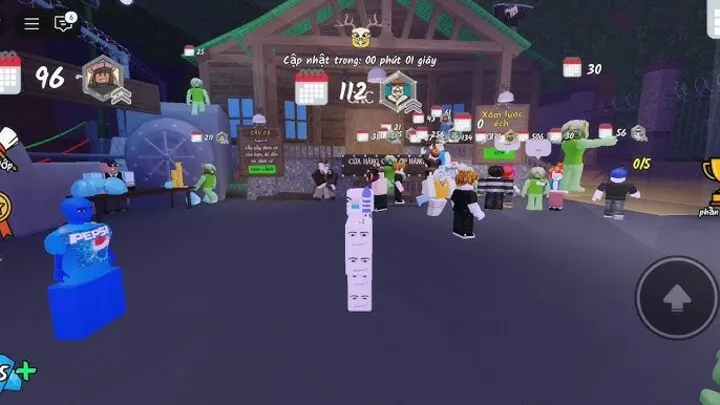
This article explores the full survival cycle of nourishment in 99 Nights in the Forest. We’ll follow the natural progression from desperate early foraging to advanced systems like farming, preservation, and long-term stockpiling. Each section reflects how strategies should evolve across different nights, so you’ll understand how to survive the full challenge of the forest.
Understanding Hunger and Thirst
Hunger and thirst are not simply meters to fill but core mechanics that dictate how effective you are in the forest. Hunger impacts stamina regeneration, slowing your movements and making combat exhausting when neglected. Thirst is more punishing, draining health and reducing recovery, especially in hotter regions or after intense physical tasks like chopping wood or climbing terrain.
The game deliberately ties performance to these needs, ensuring you cannot brute force your way through survival. Recognizing this interplay early gives you the mindset to treat food and water not as extras but as constant priorities.
First Nights of Foraging
The first ten nights are all about improvisation. The forest offers berries, mushrooms, and occasional edible herbs that give quick sustenance but little security. Berries are everywhere, but many spoil quickly, so hoarding them is ineffective. Mushrooms offer a mixed bag — some restore health or hydration, others are toxic, forcing you to learn by trial or risk poisoning.
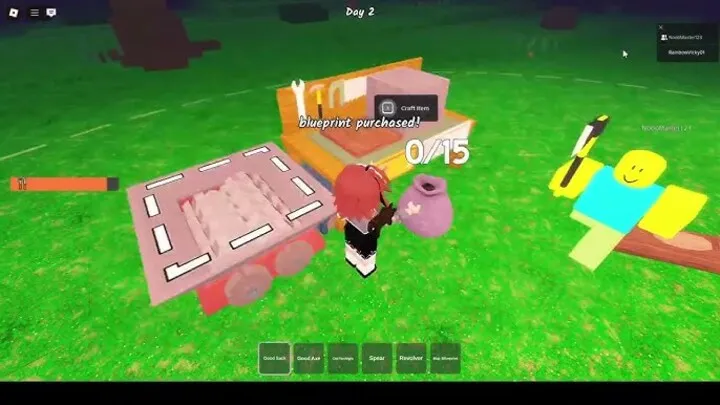
Water during this phase comes from puddles, shallow streams, or small ponds. Drinking unboiled water risks sickness, which drains stamina and forces you to waste precious rest. Crafting a campfire early is essential for boiling, turning risky water into a lifeline.
Hunting Small Game
Around the second week, natural foraging begins to lose its reliability. Small animals like rabbits, squirrels, and birds become the most efficient food source. Crafting snares and basic ranged tools like slingshots or bows lets you capture food without exhausting yourself in long chases. Passive traps are particularly effective since they work while you focus on gathering or crafting.
Cooking is critical. Raw meat carries the risk of parasites, while roasted or boiled meat restores both health and energy more safely. Meat spoils fast, however, meaning you should only cook what you plan to eat within a day or two unless preservation methods are unlocked.
Fishing as a Reliable Supply
Fishing becomes available once you craft spears or rods, usually by night 15 to 20. Rivers and lakes are full of fish that not only satisfy hunger but also provide hydration when cooked. Spearfishing works in shallow waters but requires accuracy and reflexes, while rods allow for calmer, semi-passive food collection.
Fish spoil just as quickly as small game, but their preservation potential makes them ideal for mid-game storage. Smoking racks or salt curing greatly extend shelf life, transforming fish into a consistent survival staple.
Farming and Cultivation
By night 25 or 30, foraging and hunting alone are unsustainable. Farming emerges as the cornerstone of mid-game survival. Clearing small plots and planting seeds gathered from the wild allows for renewable food sources like corn, potatoes, and beans. Farming shifts survival from reaction to planning, ensuring a steady food cycle even when the forest grows barren.
Crops demand daily water, forcing players to prioritize irrigation. Buckets, clay pots, or rain collectors are indispensable, and missing even a day can ruin a harvest. With successful farming, you transition from desperation to foresight.
Securing and Purifying Water
Water becomes the greater challenge after the first month. Simple puddles and streams are no longer enough. Constructing rain collectors provides safe and renewable supplies, especially when placed in clearings away from swamp contamination.
Boiling water remains the backbone of safety, but filtering systems crafted from sand, charcoal, and cloth further improve reliability. Once you begin storing water in clay jars, leather flasks, or bamboo tubes, you gain freedom to explore further without fear of sudden dehydration.
Preserving Food for the Long Haul
As nights stretch on, the biggest challenge isn’t finding food but keeping it edible. Spoiling can wipe out entire stockpiles if unplanned. Smoking racks extend meat and fish for weeks, while drying racks reduce moisture and preserve berries and herbs.

Later discoveries like salt caves allow salting and pickling. Salt curing preserves meat for months, while pickled vegetables remain usable well into the late game. Underground storage in root cellars provides a cooler environment, drastically slowing spoilage rates. Preservation marks the turning point where survival becomes about building security, not just meeting daily needs.
Hunting Large Game
After night 50, small animals no longer provide sufficient energy. Large game like deer and boars become essential, requiring upgraded weapons like spears, bows, or crossbows. Pitfall traps and spike traps make hunting more efficient and safer.
The rewards are vast: a single deer can provide several days’ worth of food, fat for cooking or lamp fuel, and hides for crafting. The risks, however, are significant. Large animals fight back, making preparation and careful strategy vital before attempting hunts.
Creating a Long-Term Food and Water Economy
By night 60 to 80, survival transforms into resource management. You must create a balanced diet of crops, meat, and fish to avoid penalties from eating only one food type. Over-reliance leads to reduced stamina or slower recovery.
Stockpiling becomes essential. Multiple underground cellars filled with smoked meats, pickled vegetables, and sealed jars of water provide the buffer needed to withstand unexpected shortages. In some modes, trading preserved food with NPCs becomes possible, making food not just survival but currency.
Surviving the Final Nights of Scarcity
The final stretch from night 85 to 99 is designed to push players into desperation. The forest grows hostile, animals migrate or vanish, and natural water sources dry up. Here, fallback foods like insects, roots, or bark may become necessary. They are low in nutrition but can keep you alive a few more nights.

Water scarcity becomes dire. Melting snow in colder zones or crafting emergency filtration kits may be the difference between life and death. Morale also becomes critical — hoarded rations, even if limited, help maintain mental stability and prevent despair during the closing nights.
Conclusion
Food and water management in 99 Nights in the Forest is more than survival micromanagement — it’s the heart of the entire experience. From the first berries to the last smoked haunch of venison, the game forces you to adapt, evolve, and plan for every stage of the journey. Foraging, hunting, farming, preserving, and stockpiling all serve as pieces of a larger puzzle that determines whether you survive the full 99 nights.
Mastering this system is what separates casual players from true survivalists. Those who understand not only how to fill their bars but how to build resilience will find themselves standing at dawn on the hundredth day, not just alive but victorious.










